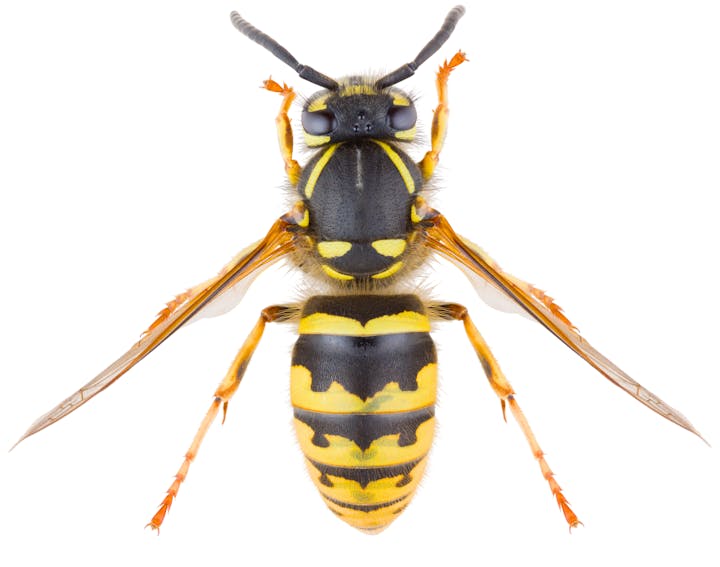August 2022 Newsletter
Invasive Aedes aegypti, keep an eye out!

Aedes aegypti mosquitoes are small mosquitoes with distinctive black and white stripes on their legs. Unlike some other species of mosquitoes, they bite during the day.
These mosquitoes have occasionally been found in San Mateo County, and District staff have worked hard each time to eliminate this species. Although invasive Aedes mosquitoes have not been seen in our county since 2015, there is a high risk that they will be found again. These mosquitoes are spreading throughout California and have been found as close by as Contra Costa County. This file and interactive map created by the California Department of Public Health show where they are currently found in our state.
The District continues to conduct intensive surveillance throughout the county, but you can help out by reporting mosquitoes that bite during the day. The sooner we know that these invasive mosquitoes have arrived in our county, the better chance we have of stopping them.
Below are a few ways in which you can play an important part in reducing risk to yourself and your neighbors:
- Report mosquitoes biting in the day time. Aedes aegypti mosquitoes are sometimes called 'ankle biters' because they frequently bite on the lower legs.
- Dump standing water. Mosquitoes breed in standing water, and even small containers of water can generate large numbers of mosquitoes. Check around your house for water, and dump water at least once a week to stop the mosquito life cycle.
- Use an EPA-registered insect repellent (learn more here and below) when outdoors in the evening or early morning. Repellents are particularly important to use any time you travel, as much of California regularly detects West Nile virus and there are a variety of other mosquito-borne diseases in destinations outside of California.
Insect repellents - which one should you use?

Still in summer travel mode? Or starting to plan a tropical destination trip for winter? Be prepared to prevent mosquito bites and the diseases they can transmit. Use Environmental Protection Agency (EPA)-registered insect repellents. When used as directed, EPA-registered insect repellents are proven safe and effective. Registered repellents have an EPA registration number on the package, which is a simple way to check to see if a particular product is registered.
Common ingredients include:
- DEET (note: this is not DDT, which was an insecticide banned in the US in the 1970s)
- Picaridin
- IR3535
- Oil of Lemon Eucalyptus (note: this is not the same as lemon eucalyptus essential oil)
Click here to learn more about EPA-registered insect repellents.


